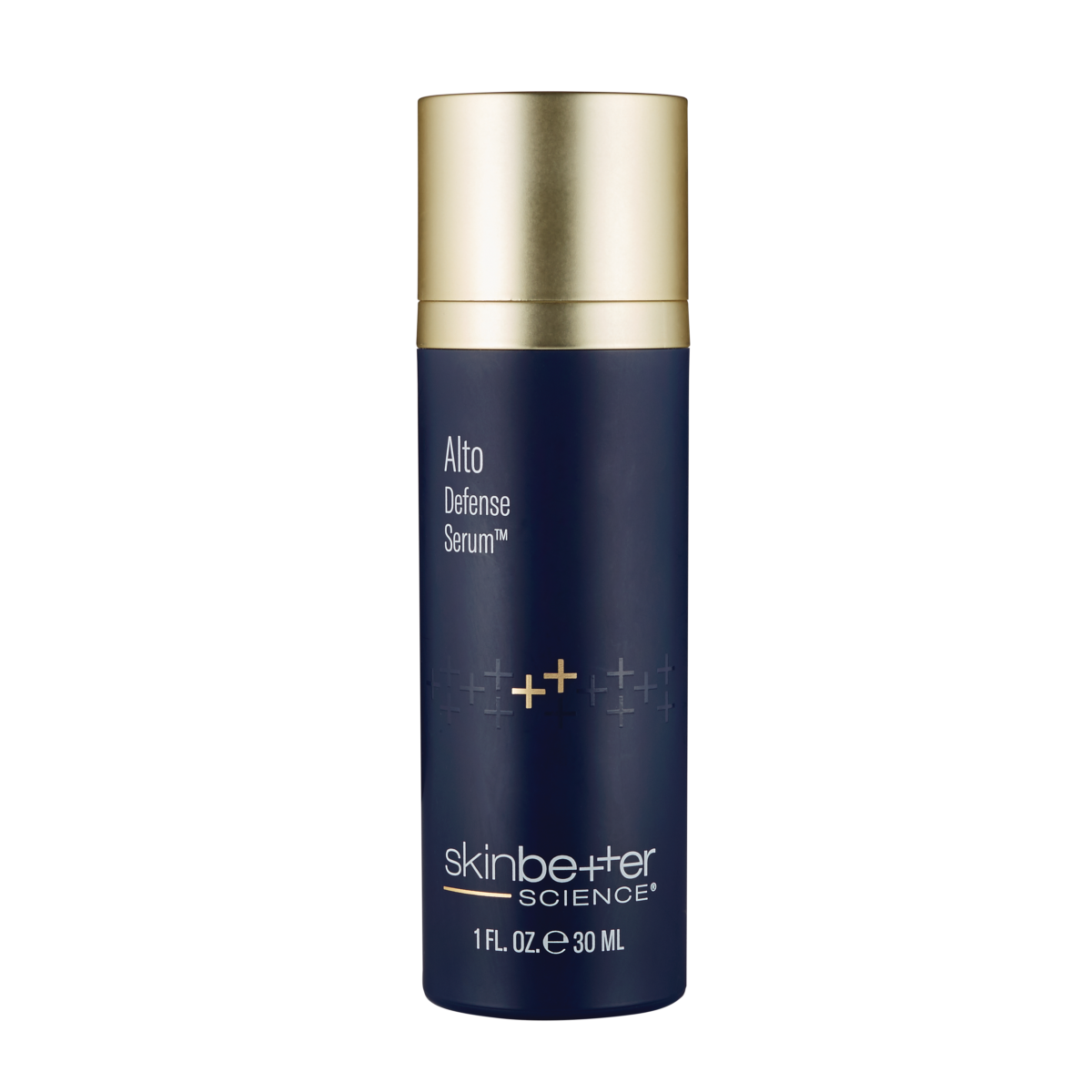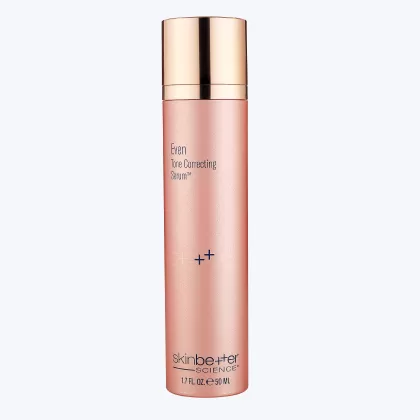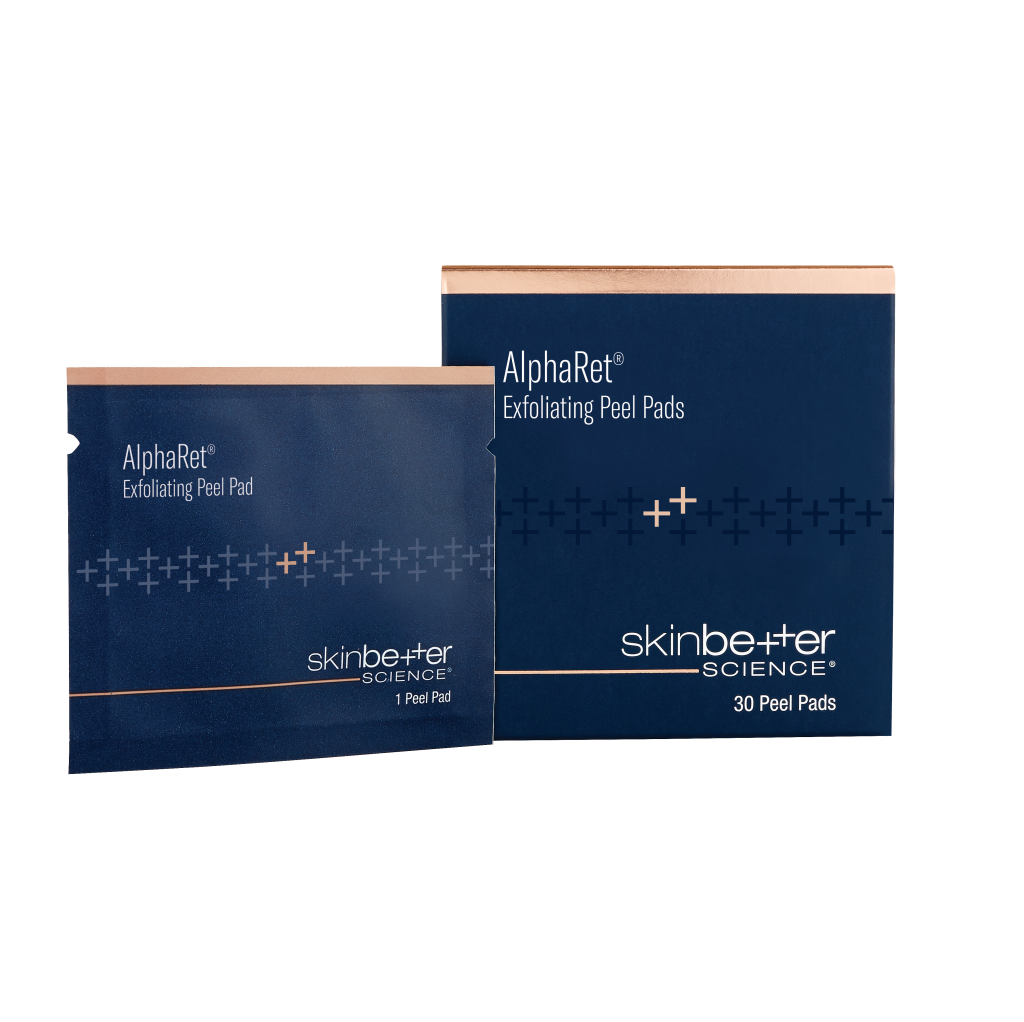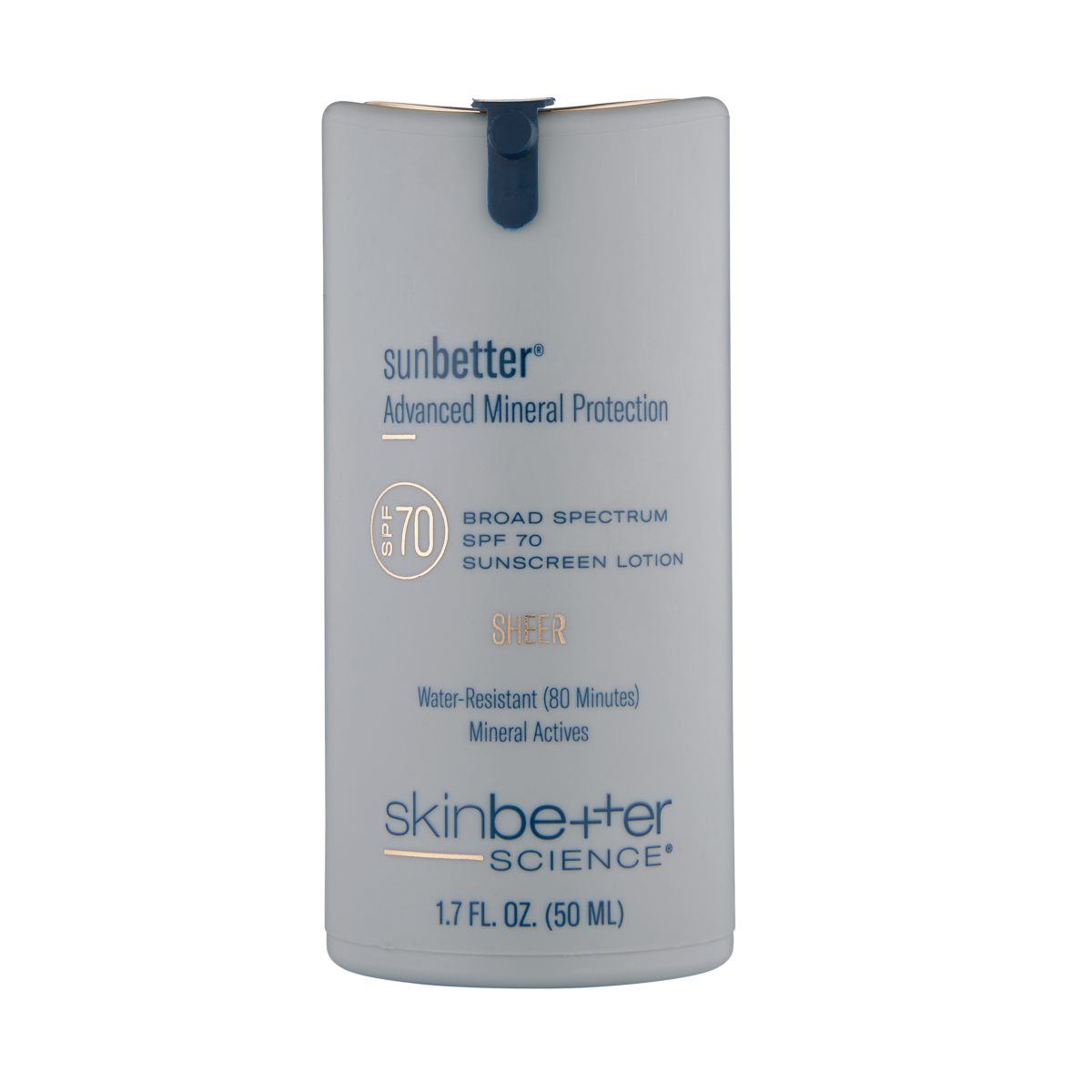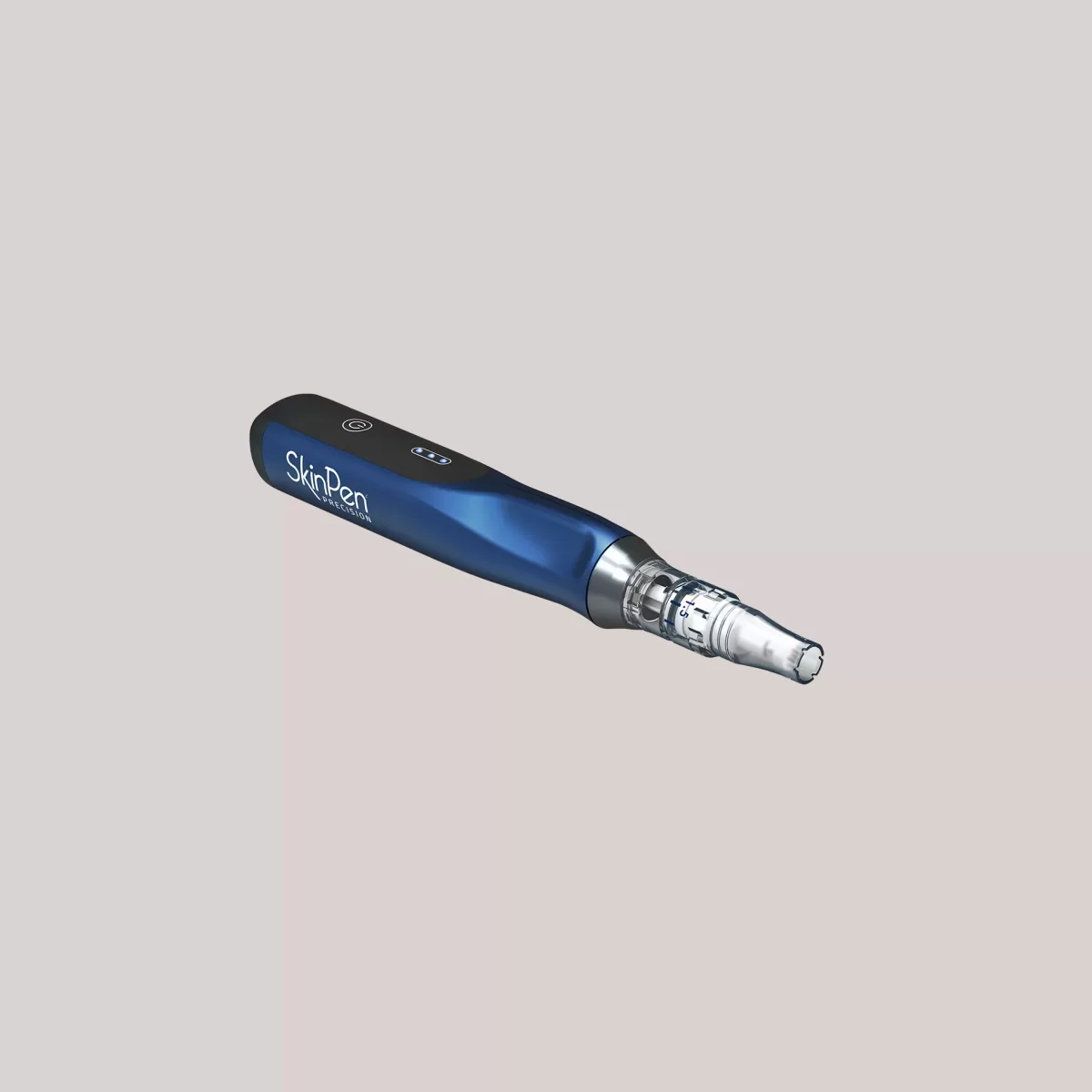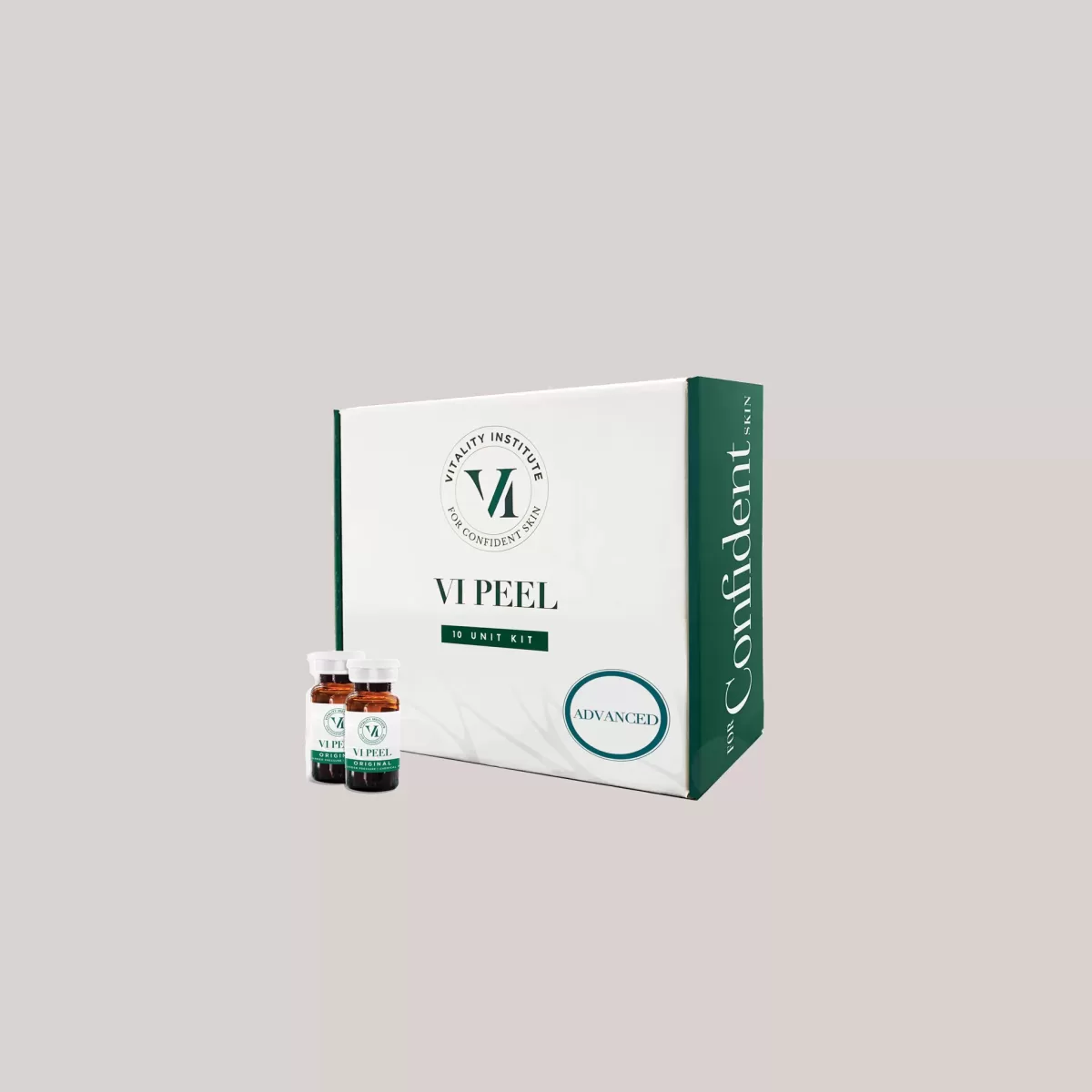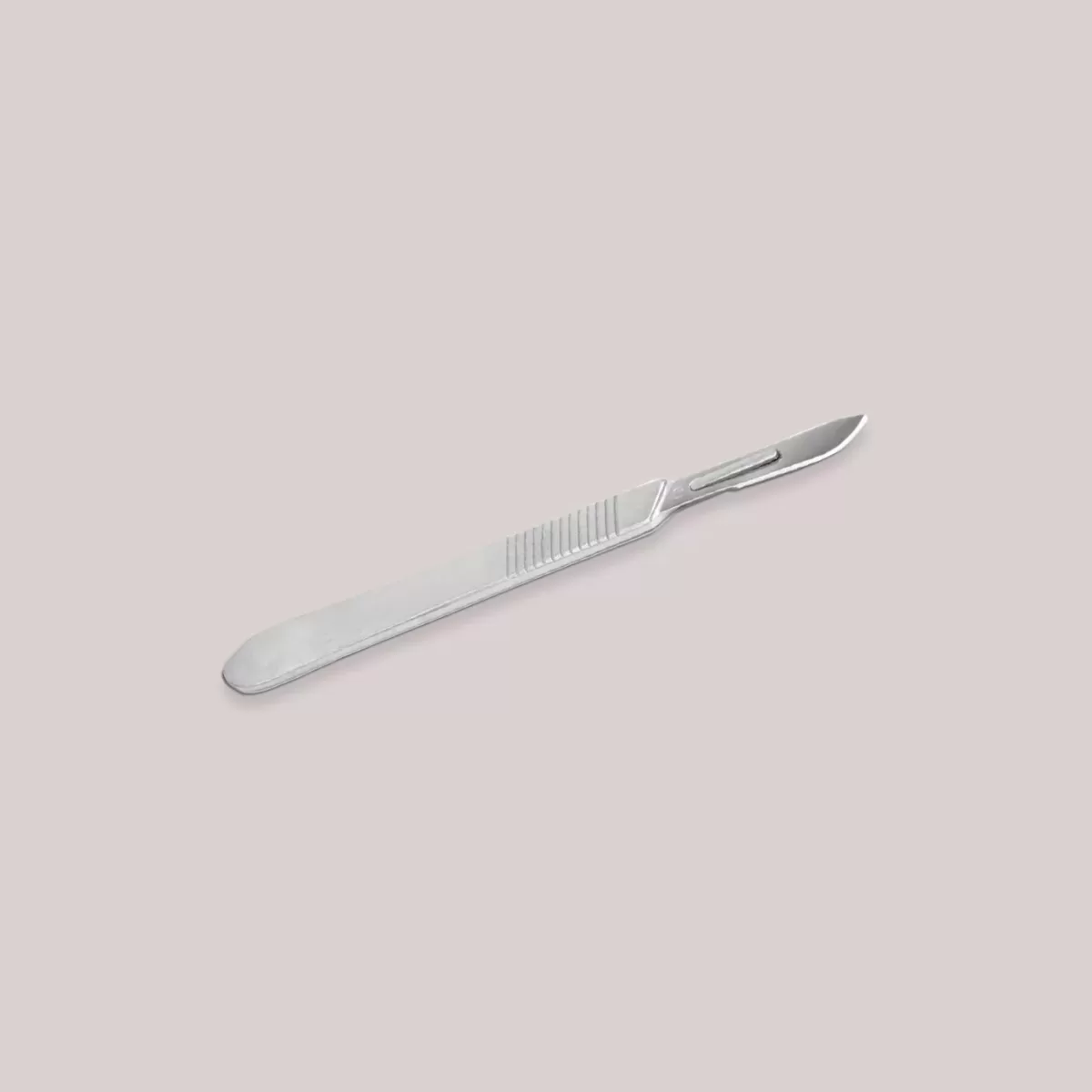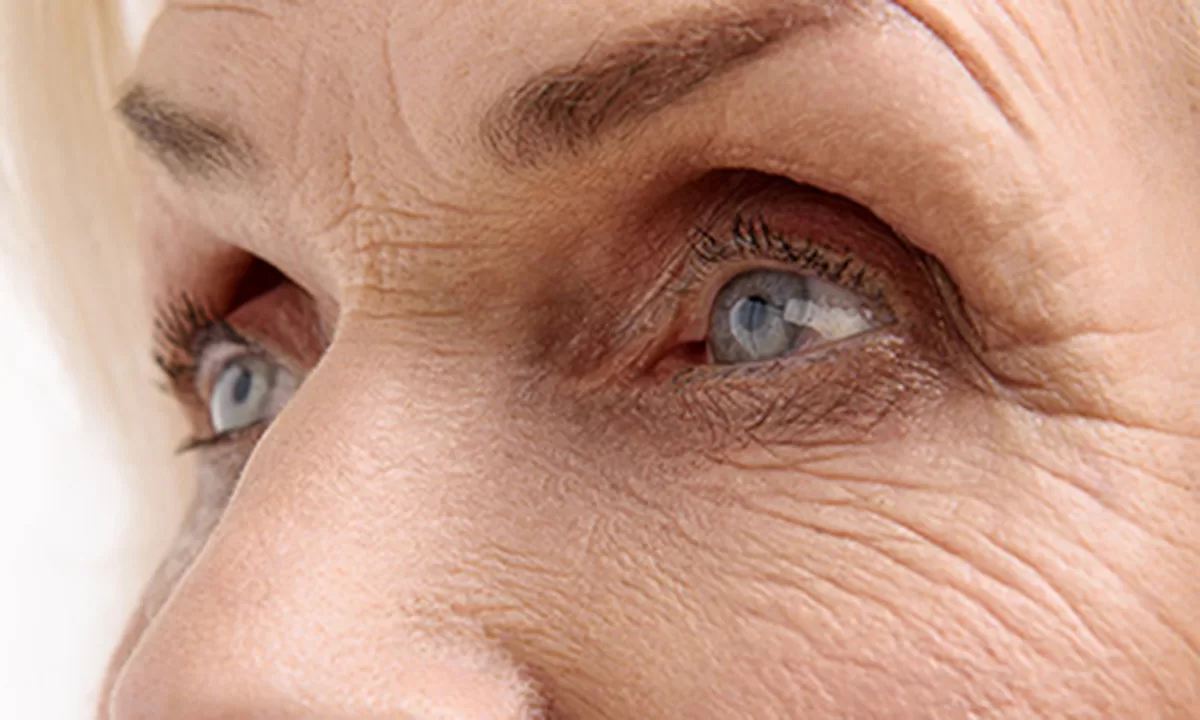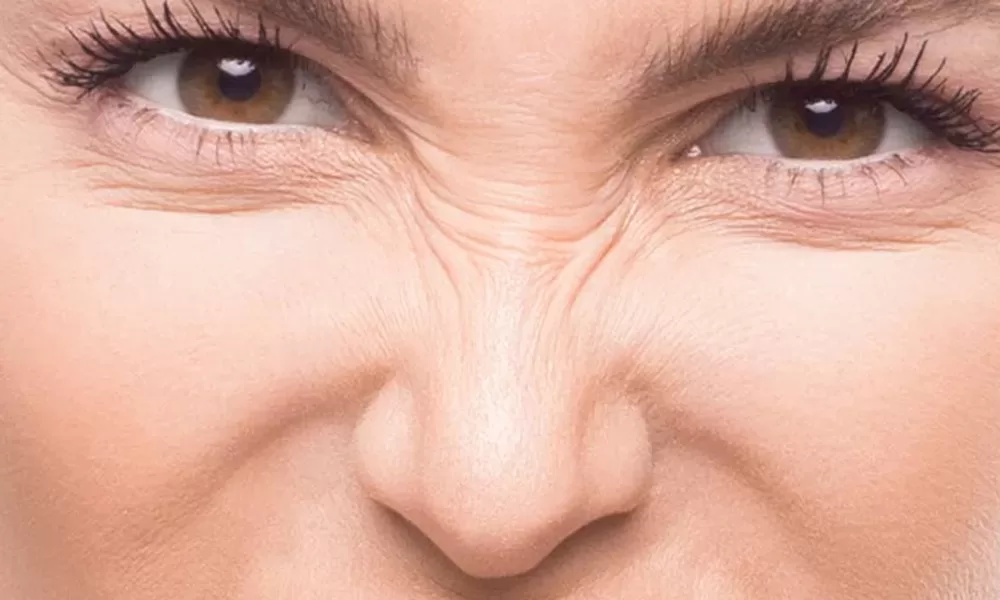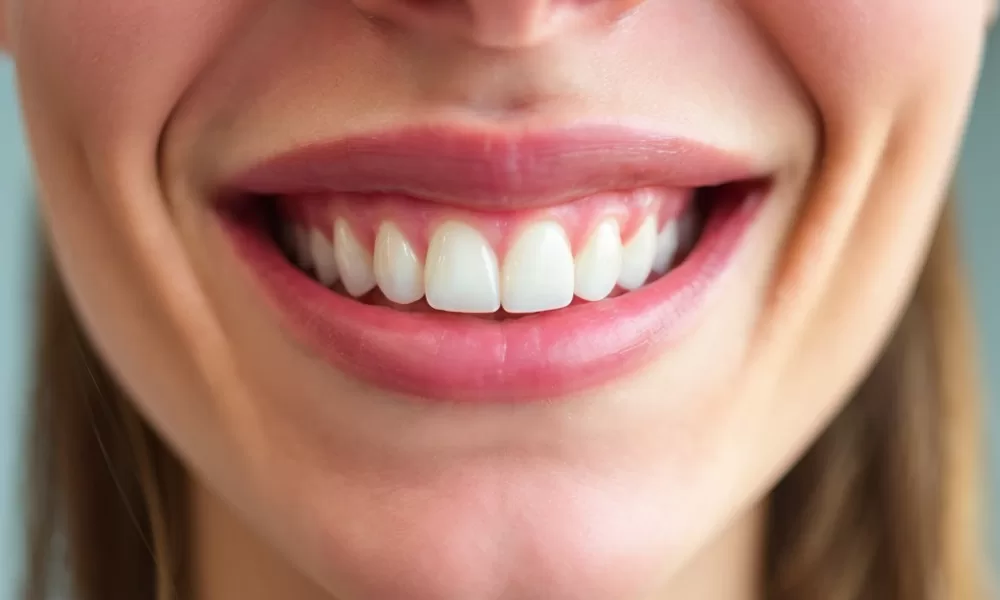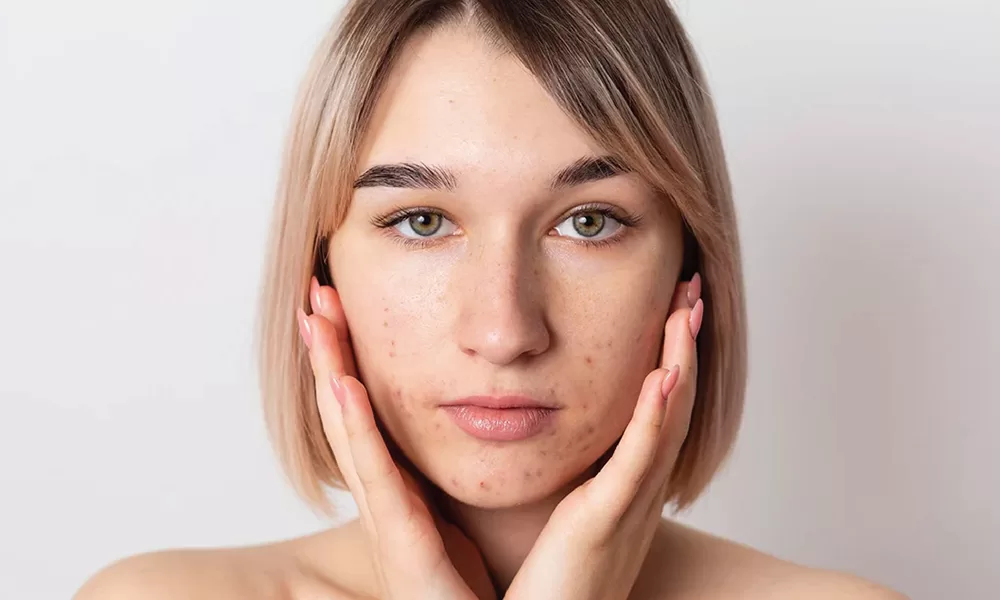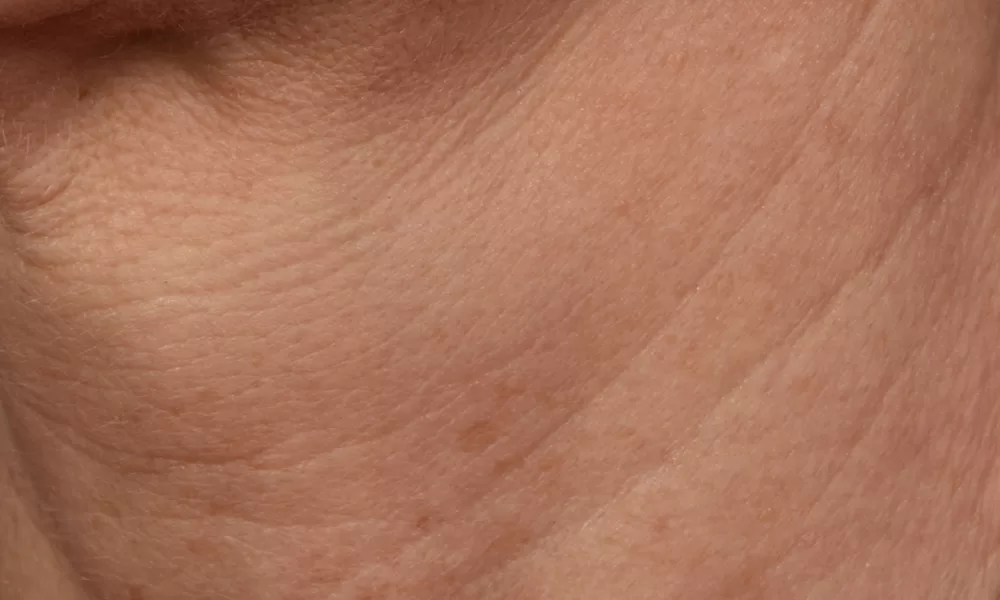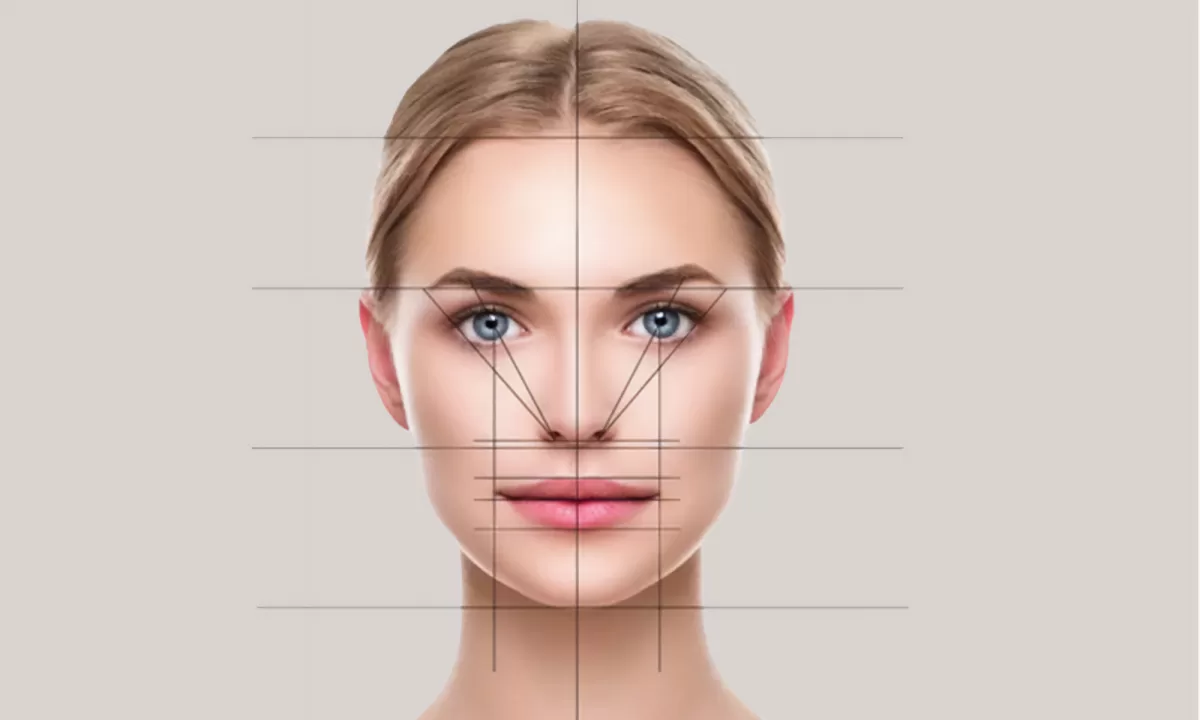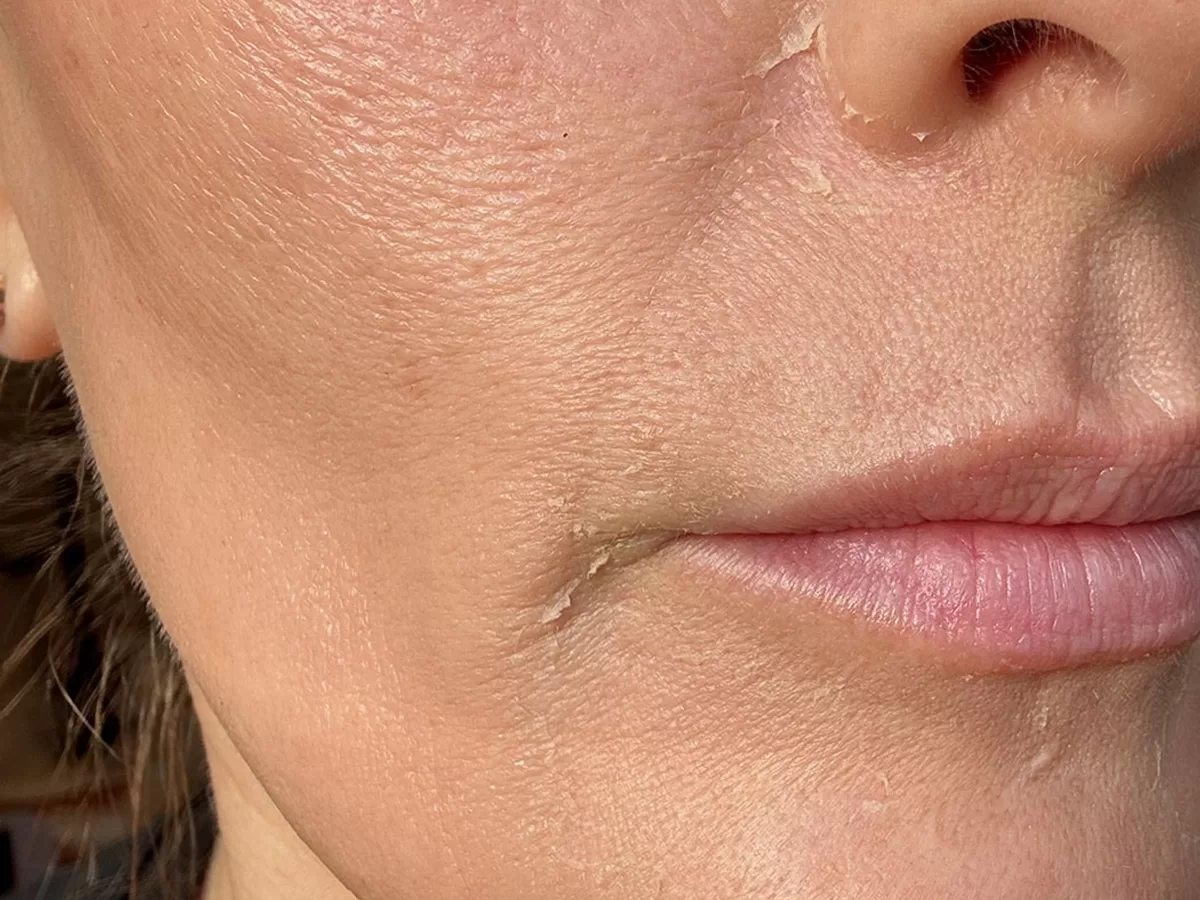Hyperpigmentation is one of the most common skin concerns. Learn more about what it is and why it happens. Then compare the top hyperpigmentation treatments—from Microneedling to chemical peels—and shop skin-care solutions.
What is hyperpigmentation?
Hyperpigmentation refers to areas of skin that appear darker than the surrounding skin. These patches of excess pigmentation, while typically harmless, can lead to an uneven skin tone. Although hyperpigmentation can occur anywhere on the body, it is most commonly found on the face, neck, hands, and other areas regularly exposed to light.
The color of our skin is determined by a pigment called melanin, which is produced by melanocytes. When these cells produce an excess of pigment, it can be deposited in either the superficial epidermis or deeper layers of the dermis.
Deeper pigmentation poses a greater challenge to treat, and in some cases, there may not be a complete cure. However, improvements can be achieved with consistent maintenance.
Hyperpigmentation affects individuals of all skin tones but is more prevalent in tan and brown skin, particularly those classified as skin types IV through VI on the Fitzpatrick scale. Given that deeply pigmented skin can react differently to strong hyperpigmentation treatments, it is essential to seek the expertise of a skincare specialist experienced in treating such skin types.
What causes hyperpigmentation?
Various factors, including acne, hormonal changes, and sun exposure, can lead to the development of dark spots and patches of hyperpigmentation on the skin.
Postinflammatory hyperpigmentation (PIH)
Postinflammatory hyperpigmentation (PIH) occurs as a result of skin irritation or injury, such as acne breakouts, eczema, or allergic reactions. The inflammation triggers an increase in melanin production, leaving behind red, purple, brown, or black spots or patches as the skin heals. Cosmetic treatments like strong chemical peels can also pose a risk of PIH, although skilled providers can help mitigate this possibility.
Melasma
Melasma, or chloasma, presents as irregularly shaped brown patches on the skin and is often triggered by hormonal shifts, stress, or medical conditions like thyroid disease. This type of hyperpigmentation can be challenging to resolve fully due to internal factors that stimulate melanin production, and it is more common in women. Melasma commonly appears during pregnancy, earning it the moniker “the mask of pregnancy,” but it can also be triggered by birth control pills or hormone replacement medications. These patches typically manifest on the forehead, nose, cheeks, and upper lip.
Pigmented spots: sunspots, age spots, or liver spots
Pigmented spots such as sunspots, age spots, or liver spots are induced by sun exposure, which accelerates melanin production. UV light, particularly from sunlight, exacerbates both PIH and melasma, leading to the formation of brown spots on sun-exposed areas like the face, shoulders, and hands. Additionally, there is emerging evidence suggesting that exposure to blue light from digital devices may contribute to hyperpigmentation.
Can topical skin care treat hyperpigmentation?
Consistent use of high-quality topical skincare products can significantly improve hyperpigmentation and promote a more even skin tone. By incorporating brightening and exfoliating ingredients, you can target and reduce the appearance of dark spots and discoloration over time.
One of the most effective ingredients for treating hyperpigmentation is Niacinamide, a derivative of vitamin B3. It is renowned for its ability to inhibit the formation of pigment granules within skin cells, making it a powerful component in serums and moisturizers.
Other key ingredients that help combat hyperpigmentation include azelaic acid, ascorbic acid (vitamin C), and licorice root extract. These ingredients work by interfering with the enzyme tyrosinase, which is responsible for melanin production. Incorporating a potent vitamin C serum into your skincare regimen can yield optimal brightening results.
In addition to brightening agents, alpha hydroxy acids (AHAs) such as glycolic acid and lactic acid are excellent for exfoliating the skin. These acids gently remove dead skin cells and promote cell turnover, revealing brighter and more even-toned skin.
To enhance your skincare routine and target hyperpigmentation effectively, consider the following SkinBetter Science products:
Alto Defense Serum
This potent vitamin C serum combines 19 powerful antioxidants, including ascorbic acid, to protect the skin from free radicals while brightening and improving skin clarity.
Even Tone Correcting Serum
This serum is formulated with a unique blend of ingredients, including niacinamide and brightening agents like licorice root extract, to reduce the appearance of dark spots and even out skin tone.
AlphaRet Exfoliating Peel Pads
These peel pads contain a blend of glycolic, lactic, and salicylic acids that gently exfoliate the skin, promoting cell turnover and enhancing the efficacy of other brightening products.
sumbetter SHEER Sunscreen Lotion (SPF 70)
To prevent future hyperpigmentation, it’s crucial to prioritize sun protection. This high-SPF mineral sunscreen provides broad-spectrum protection, helping to shield your skin from harmful UV rays while preventing the worsening of hyperpigmentation.
Related: Demystifying Sunscreen: Mineral vs. Chemical – What’s the Difference?
Best hyperpigmentation treatments
Hyperpigmentation treatments that yield the best results accelerate skin cell turnover, facilitating the shedding of old skin layers to pave the way for the emergence of rejuvenated cells. This process draws out excess pigment, which subsequently sheds away from the skin’s surface.
Related: Strategies for Optimizing Cell Turnover
Chemical Peels
VI Peel is a renowned treatment for addressing hyperpigmentation concerns and achieving a more radiant, even skin tone. This medical-grade chemical peel from Vitality Institute Aesthetics is formulated to minimize the appearance of various forms of hyperpigmentation, including sunspots, age spots, melasma, and post-inflammatory hyperpigmentation (PIH).
The VI Peel contains a proprietary blend of powerful ingredients, including trichloroacetic acid (TCA), salicylic acid, phenol, vitamin C, and retinoic acid. These ingredients work synergistically to exfoliate the skin, lighten pigmented areas, and stimulate collagen production, resulting in smoother, brighter skin with improved texture and ton
Microneedling
SkinPen is a minimally invasive cosmetic procedure that has shown promising results in treating hyperpigmentation. During a microneedling session, a device equipped with fine needles creates tiny punctures in the skin’s surface, stimulating the body’s natural healing process. This process triggers the production of collagen and elastin, which can help improve skin texture and tone.
Additionally, microneedling creates microchannels in the skin, allowing topical serums and skincare products to penetrate more deeply and effectively. When combined with serums containing brightening ingredients like vitamin C or kojic acid, microneedling can enhance the reduction of hyperpigmentation, resulting in a more even complexion over time.
Multiple microneedling sessions may be required to achieve optimal results, but many individuals have reported significant improvement in hyperpigmentation following a series of treatments. As with any cosmetic procedure, it’s essential to consult with a Direct Aesthetics to determine if microneedling is the right option for addressing your specific hyperpigmentation concerns.
Dermaplaning
Dermaplaning can help improve the appearance of hyperpigmentation by removing the outer layer of dead skin cells, which may contain excess melanin pigment. Over time, regular dermaplaning treatments can lead to a more even skin tone.
